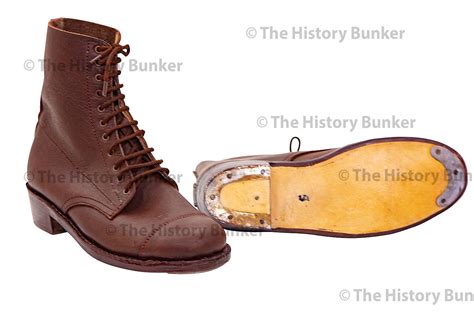For collectors and enthusiasts of antique postcards, determining the age of a card can be a fascinating yet challenging task. Card dating, also known as postcard dating, involves analyzing various elements of the postcard to estimate its age. With the vast array of postcards produced over the years, it's essential to develop a keen eye for detail and a solid understanding of the historical context in which they were created. In this article, we'll delve into the world of card dating, exploring the key factors to consider when determining the age of a postcard.
Key Points
- Understanding the different eras of postcard production can help narrow down the age of a card.
- Analyzing the postcard's design, including the image, typography, and layout, can provide valuable clues about its age.
- The presence of certain features, such as divided backs, white borders, or linen textures, can help date a postcard.
- Postmarks, stamps, and other postal markings can provide definitive evidence of a postcard's age.
- Researching the publisher, printer, or photographer can reveal information about the postcard's production and distribution.
Postcard Eras: A Historical Context

The history of postcards can be broadly divided into several distinct eras, each characterized by unique design elements, production methods, and cultural influences. The Pioneer Era (1840-1898) saw the introduction of the first postcards, which were often handmade and featured simple designs. The Golden Age (1898-1915) was marked by the rise of commercial postcard production, with intricate illustrations, colorful lithography, and a wide range of subjects. The White Border Era (1915-1930) was characterized by the use of white borders around the image, while the Linen Era (1930-1945) featured postcards with a textured, linen-like finish.
Design Elements: Clues to a Postcard’s Age
A postcard’s design can provide valuable clues about its age. For example, the use of certain fonts, such as Art Nouveau or Art Deco, can indicate a specific time period. The image itself can also be a giveaway, with popular subjects like scenic views, cityscapes, or historical events often reflecting the cultural and social attitudes of the time. The layout and composition of the postcard, including the placement of text and images, can also be indicative of its age.
| Postcard Era | Design Characteristics |
|---|---|
| Pioneer Era (1840-1898) | Handmade, simple designs, often with handwritten messages |
| Golden Age (1898-1915) | Intricate illustrations, colorful lithography, varied subjects |
| White Border Era (1915-1930) | White borders around the image, often with scenic views or cityscapes |
| Linen Era (1930-1945) | Textured, linen-like finish, often with bold colors and graphic designs |

Postal Markings: A Definitive Guide to Dating

Postmarks, stamps, and other postal markings can provide definitive evidence of a postcard’s age. The type of postmark, including the date, time, and location, can help narrow down the age of the postcard. Stamps, too, can be dated, with different denominations and designs indicating specific time periods. Other postal markings, such as cancellations or forwarding marks, can also provide valuable information about the postcard’s journey and age.
Researching the Publisher: Uncovering Hidden Clues
Researching the publisher, printer, or photographer can reveal information about the postcard’s production and distribution. Many postcard publishers included their name, address, or logo on the back of the card, which can be used to date the postcard. Additionally, some publishers used specific design elements, such as borders or typography, that can be used to identify their work.
By considering these factors and developing a keen eye for detail, collectors and enthusiasts can make informed estimates about the age of a postcard. Whether you're a seasoned collector or just starting out, the world of card dating is a fascinating and rewarding pursuit that offers a unique glimpse into the past.
What is the most important factor in determining the age of a postcard?
+While there are several factors to consider, the postmark is often the most definitive indicator of a postcard’s age. The date, time, and location of the postmark can provide precise information about when the postcard was sent.
How can I research the publisher of a postcard?
+Researching the publisher can involve searching online databases, consulting reference books, or contacting collector communities. Look for the publisher’s name, address, or logo on the back of the postcard, and use this information to track down more information about the company and its output.
What are some common mistakes to avoid when dating a postcard?
+Common mistakes include relying too heavily on a single factor, such as the design or the postmark, and neglecting to consider the broader historical context in which the postcard was produced. It’s also important to be aware of potential reproductions or forgeries, which can be difficult to distinguish from authentic postcards.



